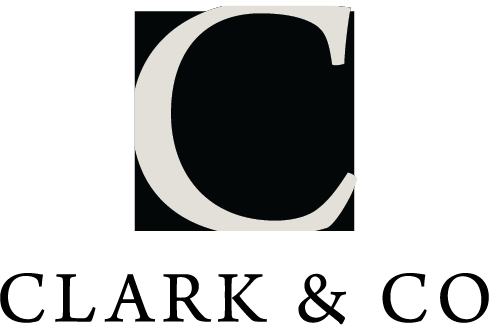Trend Report : 2026 Materials
2026 Material Predictions
Stockholm Design Week 2026 made one thing clear — the future of materials lies in dual functionality. Designers and manufacturers are no longer satisfied with materials that simply look good or build well. The next generation of surfaces, panels, and composites are being developed to work harder — offering environmental, acoustic, or structural benefits alongside their visual appeal.
We’ve already seen some incredible examples pushing these boundaries — from algae-based paints that purify the air to concrete that self-heals. While these innovations are still some way off from mainstream commercial application, they signal a shift in how we think about material intelligence.
One standout that’s already making waves is PET acoustic paneling. This material has become a staple in modern interiors, not just for its sleek, tactile look but for its remarkable performance. When designed correctly, PET can absorb up to 90% of sound waves, creating calmer, more comfortable environments without compromising on style.
Products like PET are already well established across both residential and commercial projects, but as designers and clients increasingly look for sustainable, multi-functional solutions, demand is set to grow significantly in 2026.
PET is used across a range of applications — from wall systems to lighting and furniture. It was a brilliant example of how a single material can be reimagined again and again, each time offering something new in both form and function.
If this year’s design conversations are anything to go by, 2026 will be a year defined by materials that don’t just exist in a space — they enhance it. I’m looking forward to seeing how PET acoustic panels and other next-generation materials continue to evolve over the next 12 months.
